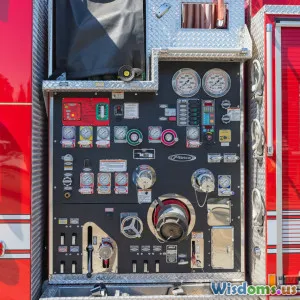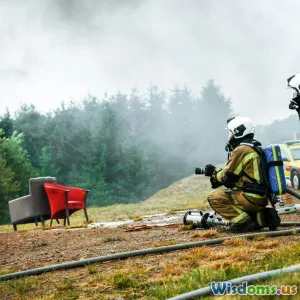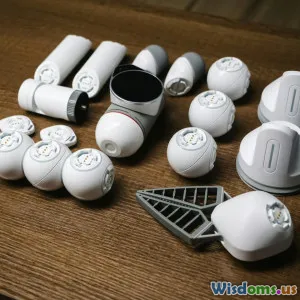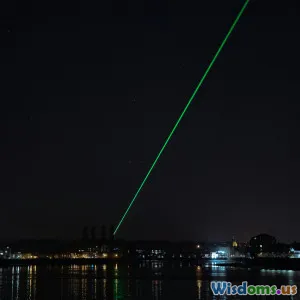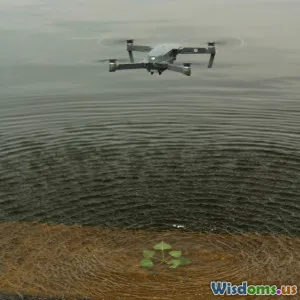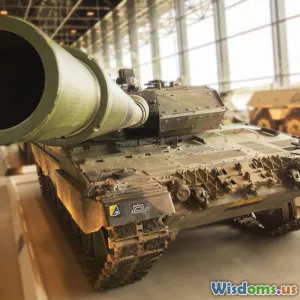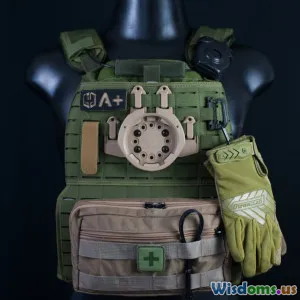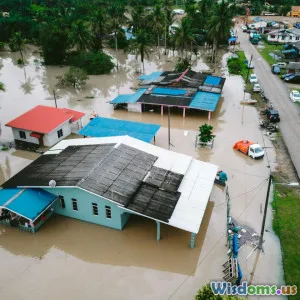
How Drones Revolutionize CBRN Threat Detection
15 min read Explore how drones transform CBRN threat detection with advanced sensors, rapid response, and enhanced safety protocols for emergency teams. (0 Reviews)
How Drones Revolutionize CBRN Threat Detection
In a world where chemical, biological, radiological, and nuclear (CBRN) dangers threaten national security and public safety, rapid detection and assessment are critical. Technological advances have ushered in a new era of preparedness: drones—unmanned aerial vehicles (UAVs)—are reshaping how agencies identify and react to CBRN threats. Equipped with specialized sensors and real-time transmission capabilities, drones are proving to be not just tools of convenience, but lifesaving assets on the frontlines of hazardous incidents.
Aerial Perspectives: The Advantage Over Traditional Methods
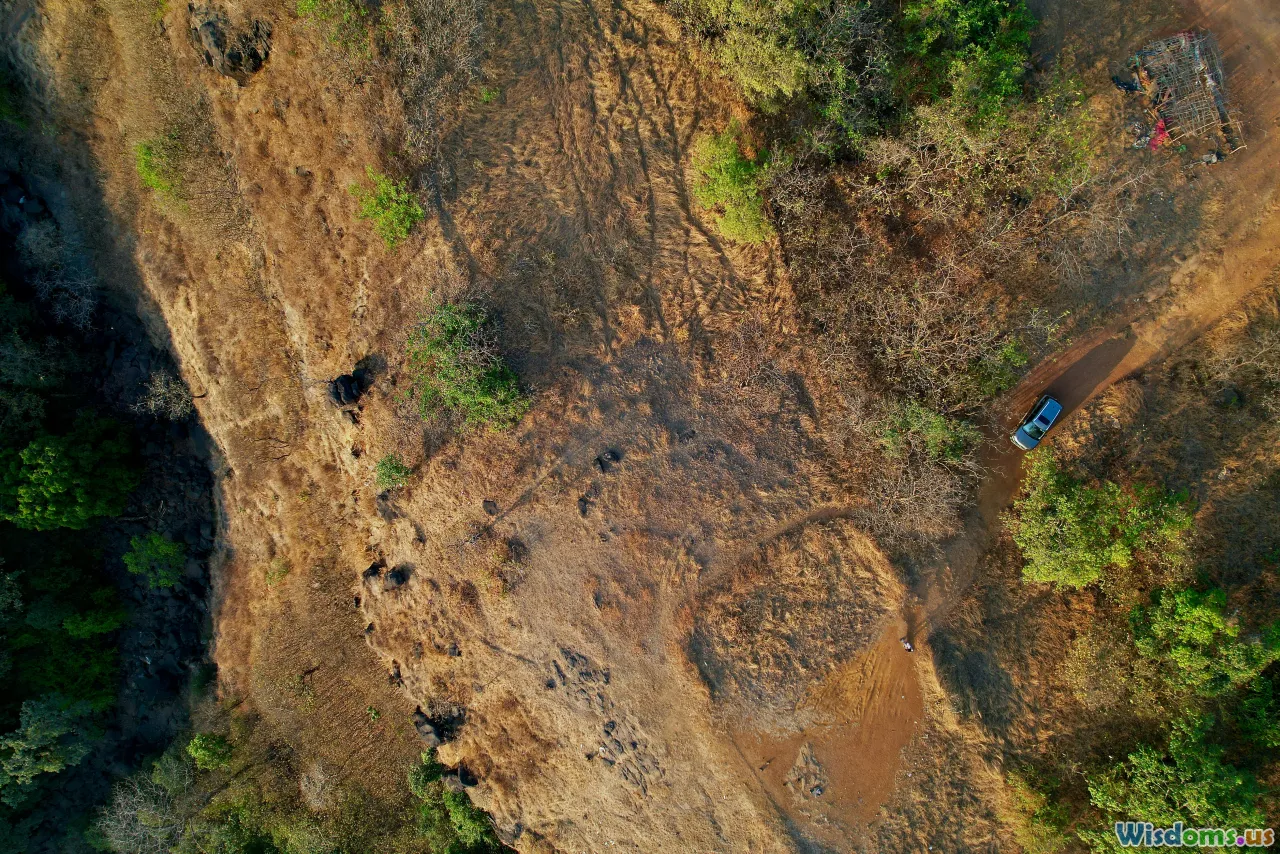
Traditionally, responding to CBRN incidents meant putting human teams in harm's way, outfitted in cumbersome protective gear and working under considerable risk. Teams were often limited by visibility, mobility, and endurance, making timely data collection difficult.
Drones upend these challenges by offering unparalleled aerial perspectives. With their ability to swiftly survey large or complex areas, drones can be dispatched to suspected sites within minutes, sending high-resolution video and sensor data back to incident command. For example, in 2022, a military exercise in Germany demonstrated that drones could traverse hazardous test zones and relay radiological readings in real time, sharply reducing exposure risk for personnel. This critical speed and risk reduction simply aren’t possible through manual approaches.
The Technology: Sensors, Payloads, and Real-Time Data
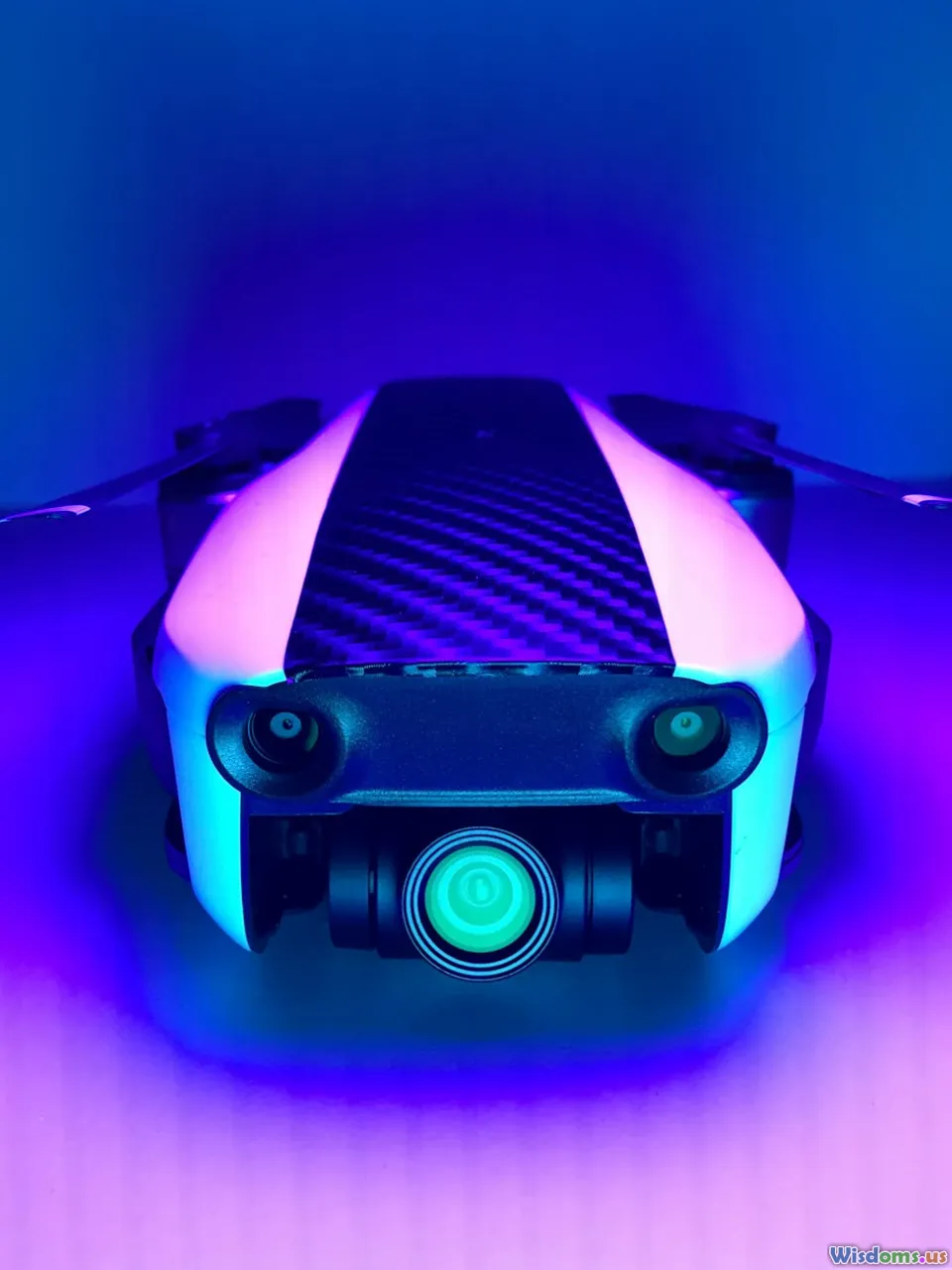
The drone’s power lies in its interchangeable payloads. Modern UAVs can be fitted with a variety of CBRN detection instrumentation:
- Gas Detectors: Identify volatile organic compounds (VOCs) or dangerous gases. For instance, miniaturized photoionization detectors mounted on quadcopters have pinpointed ammonia leaks at industrial sites in minutes.
- Radiological Meters: Geiger counters, gamma spectrometers, and neutron detectors allow drones to map radiation fields, a feat essential during the 2011 Fukushima disaster’s aftermath.
- Aerosol Samplers & Bio-Sensors: Newer drones can collect airborne biological samples, aiding in the automatic identification of pathogens or toxins.
- Infrared Cameras: Besides CBRN applications, these cameras help visualize gas plumes and heat signatures invisible to the human eye.
Data is relayed wirelessly to command posts, where real-time readings support immediate decision-making. Some setups even incorporate artificial intelligence (AI) for pattern recognition, prioritizing actionable alerts and reducing human workload. In practical tests, the U.S. Department of Energy has used AI-powered drones to distinguish ordinary background radiation from a genuine nuclear threat.
Real-World Deployments: Lessons and Successes
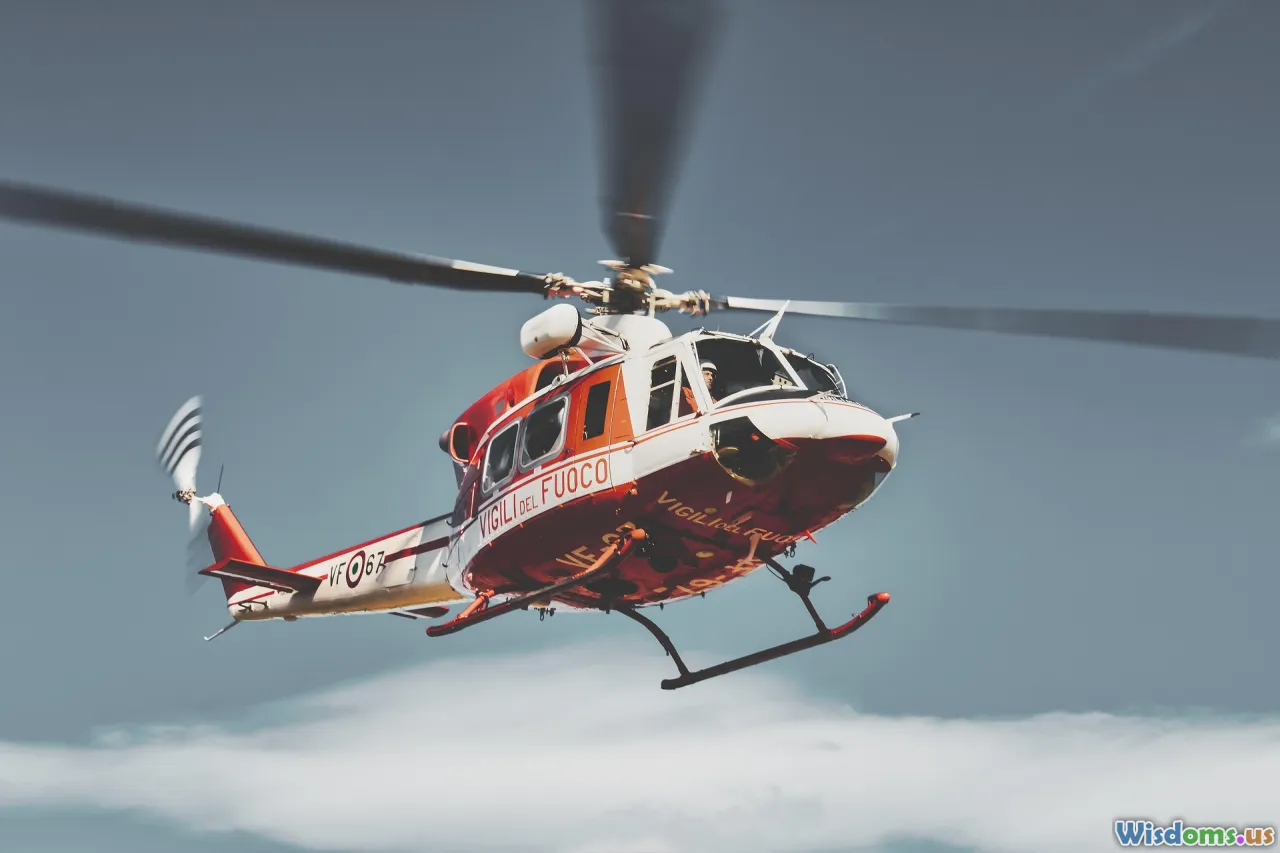
Looking to recent disasters, the value of UAVs comes sharply into focus. When the Beirut port explosion occurred in 2020, short-range drones equipped with multi-gas detectors were flown above the blast site to determine the atmospheric presence of toxic compounds such as nitrogen dioxide and volatile chemicals. Their rapid results informed safe perimeter settings and decontamination procedures.
Emergency drills worldwide now incorporate drone reconnaissance. In Sweden, regular fire department exercises simulate chemical spill scenarios at industrial plants. Drones provide instant aerial mapping of the spread, helping hazmat teams decide exactly where to enter and how to deploy resources, which means reduced blind spots and more efficient evacuations.
Networked drone swarms have also been tested for their ability to coordinate mapping in wider disaster zones. In 2021, Japanese researchers deployed a fleet of quadcopters to monitor simulated radiological leakage, demonstrating complex path planning and real-time radiological mapping over multiple city blocks—far surpassing what a ground crew or single drone could achieve.
The Science of Safety: Minimizing Human Exposure

Every minute counts during a CBRN event—and every minute an operator stays out of harm’s way bolsters their safety. Drones act as remote surrogates. By sampling air, water, or soil via attached mechanisms, drones carry contamination risks so humans don’t have to.
Consider a chlorine gas release: before UAVs, response teams braved affected areas inside airtight suits, manually sampling the air. Now, with drones handling initial reconnaissance, only targeted zones with actual risks are accessed personally—usually much later and with full situational awareness.
Furthermore, emergency response can be coordinated from safe distances. Drones tethered by cables for limitless power or equipped with autonomous return functions ensure operation even under GPS-denied or communication-compromised conditions—advanced precautions critical in the uncertain environments caused by CBRN agents.
How-To: Deploying Drones in CBRN Operations
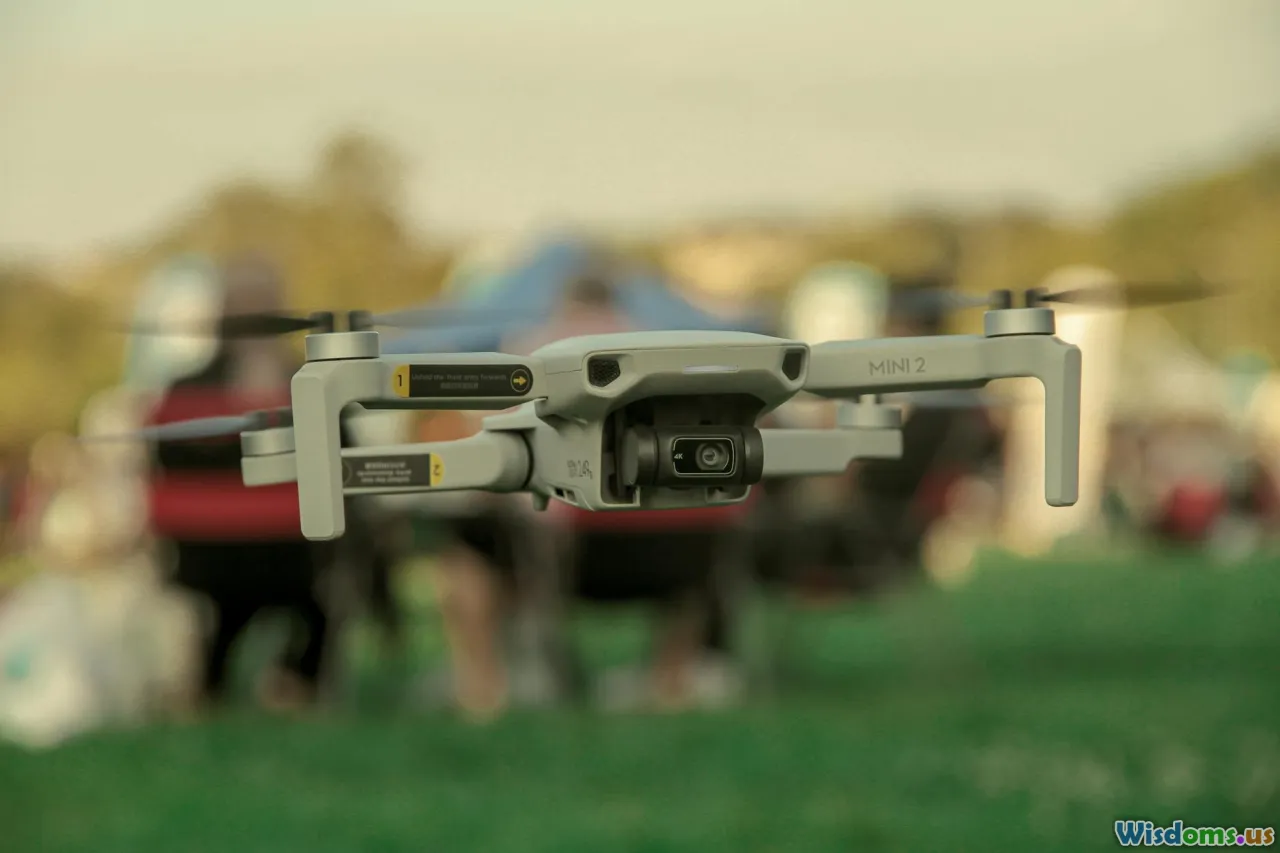
Effective drone deployment in CBRN contexts requires precision and planning:
1. Pre-Deployment Assessment:
- Identify the threat agent—chemical, biological, radiological, or nuclear
- Decide on the sensor payload per threat (e.g., multi-gas detector for chemical spills, gamma sensor for radioactive leaks)
- Establish incident perimeters and drone flight corridors
2. Mission Execution:
- Launch drones via ground control, setting waypoints over the zone of interest
- Conduct systematic grid searches or targeted point observations based on sensor feedback
- Continuously monitor live telemetry for unexpected readings or hazards
3. Data Utilization:
- Immediately relay sensor data to emergency coordinators
- Use visualized hazard maps to brief response teams
- Archive data for post-incident evaluation
Agencies such as the Fire Department of New York (FDNY) have incorporated step-by-step drone protocols in their field operation manuals, ensuring that UAV integration is standardized and reliable.
Analysis: Cost, Efficiency, and Scaling Benefits

Investing in drone platforms for CBRN monitoring has proven cost-effective compared to traditional response. While an advanced drone system with integrated sensors may cost upwards of $25,000 each, consider the high expense and risk associated with exposing personnel to contamination, lengthy on-site sampling, and the consumables required for personal protective equipment (PPE).
Efficiency gains are dramatic. A joint field exercise by UK emergency agencies found that area mapping and contaminant detection tasks completed with drones took less than half the time required by ground crews, with simultaneous coverage of wider tracts.
Drone fleets can be scaled easily for larger incidents. During mass-casualty decontamination drills in South Korea, two dozen drones working in concert were able to monitor crowd movement, atmospheric changes, and site temperature, proving workforce-multiplier effects not possible otherwise.
Limitations and Challenges in Current UAV-CBRN Systems

While drones unlock new capabilities, there are persistent limitations worth addressing:
- Payload Weight and Endurance: Many sensors, especially for biological detection, are heavy, restricting drone flight times or required the use of larger UAVs.
- Weather Vulnerability: Strong winds, rain, or snow degrade drone stability and sensor reliability—restrictions that don’t affect ground teams or fixed installations.
- Signal Jamming and Interference: Urban areas with dense wireless signals may produce communication blackspots. In environments affected by electromagnetic pulses (a risk in nuclear incidents), even the best UAVs face severe operational challenges.
- Legal and Privacy Constraints: Airspace regulations differ by country, and using drones near sensitive or densely populated areas often hurdles layers of bureaucratic approval.
Despite these, R&D surges forward. The European Commission’s 2023 CBRN research report highlights new energy-efficient drone frames and advances in onboard data encryption, promising to offset operational constraints in the near future.
Future Innovations: AI, Swarms, and Autonomous Response

The next generation of UAVs for CBRN response will blur the lines between pilot-guided tools and fully autonomous robots.
- AI-Assisted Decision-Making: Emerging platforms combine sensors with machine learning algorithms to not just detect, but predict leak propagation or agent spread, offering early warning and dynamic guidance.
- Swarm Technologies: Autonomous drone teams can canvass large complexes far faster than humans or solo aircraft, mapping chemical plume dynamics or radiological fallout in real time. Tests in Singapore and France showcase coordinated drone swarms performing synchronized grid sampling after simulated chemical accidents.
- Advanced Miniaturization: Lighter, low-power sensors are enabling small drones to fly longer and access hard-to-reach indoor environments, such as ventilation systems suspected of biological contamination.
These trends spell a future where even small towns can field compact, intelligent, and effective CBRN response networks without the luxury of large teams or excessive budgets.
Practical Advice: Integrating Drones into CBRN Preparedness Plans
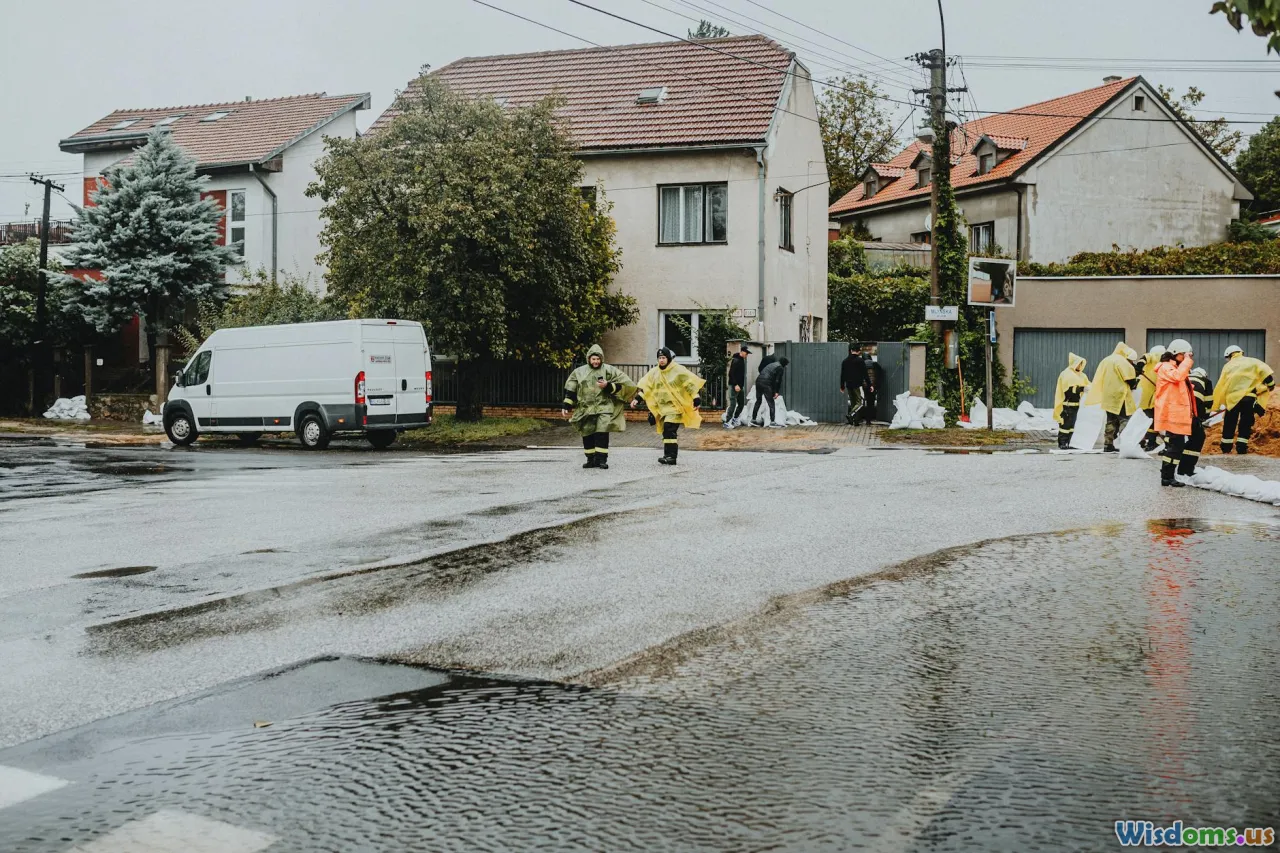
The effectiveness of drone operations during CBRN threats depends not only on technology but on preparedness and coordination. Agencies considering adoption should:
- Invest in cross-training: Emergency responders should train drone piloting in simulated CBRN environments and be familiar with sensor calibration and troubleshooting.
- Plan for redundancy: Multiple drones and spares limit downtime in multi-site incidents or in the event of technical failures.
- Test interoperability: Ensure drones, sensor analytics, and incident control centers communicate seamlessly, especially for joint operations between military, civil protection, and health agencies.
- Review lessons learned: Integrate after-action data into evolving protocols—this establishes a feedback loop that sharpens future response.
Forward-thinking governments in the UK and Israel have created dedicated UAV-CBRN task forces, proving that systematized, practiced response saves lives and resources.
The Next Frontier of Hazard Response

Drones are not just a tactical advantage—they are central to the evolution of CBRN defense. By merging speed, safety, data integration, and mobility, UAVs have become indispensable partners in the race to keep the public safe from some of humanity’s gravest hazards. Subsequent innovations in AI and swarm autonomy are set to amplify this role, hinting at a near-future where early CBRN detection is as ubiquitous—and as routine—as modern weather alerts.
As technology propels us forward, embracing drones not only maximizes preparedness but redefines what is possible in emergency response, promising swifter action, greater safety, and a dramatic reduction in the unknowns that traditionally haunt CBRN events.
Rate the Post
User Reviews
Other posts in Chemical, Biological, Radiological, and Nuclear Defense (CBRN)
Popular Posts










